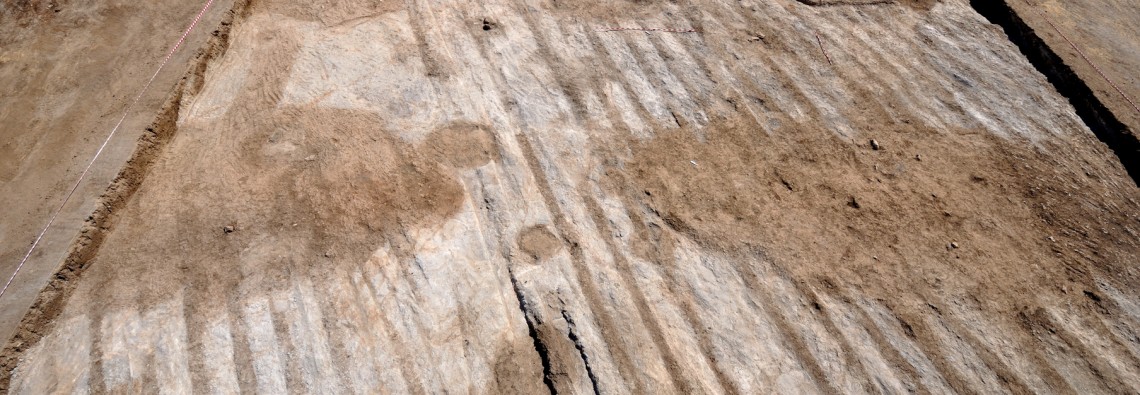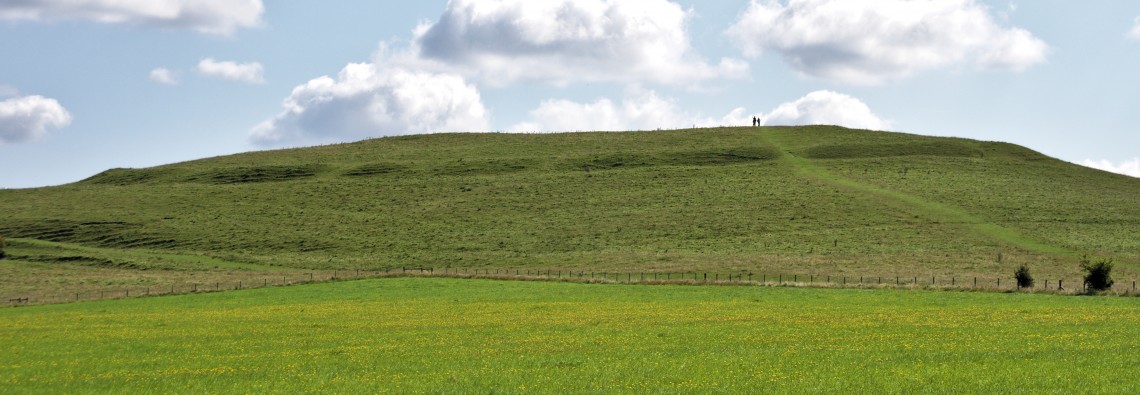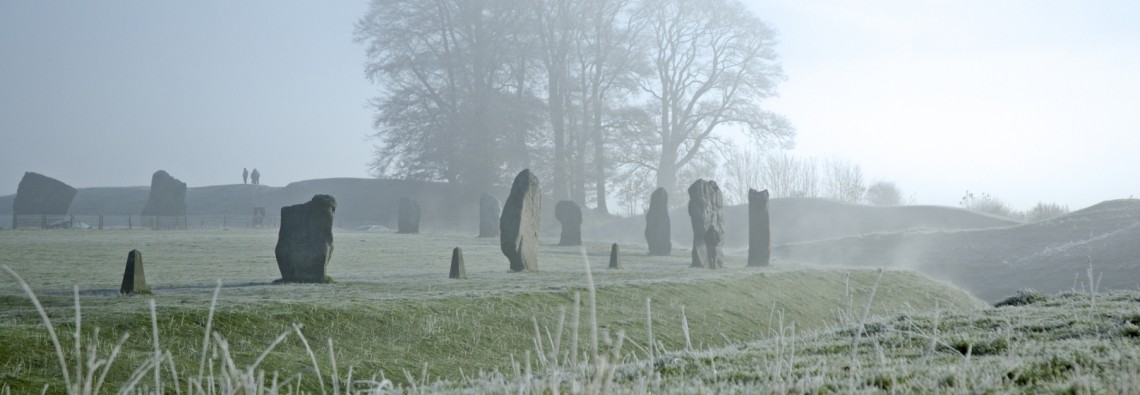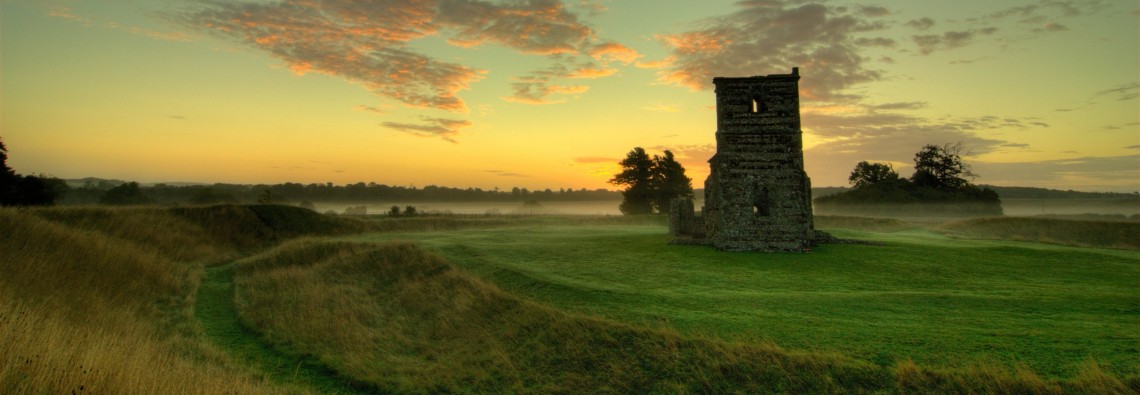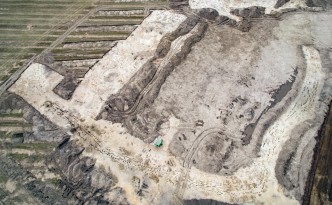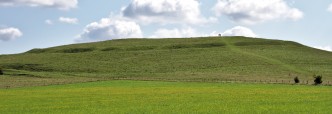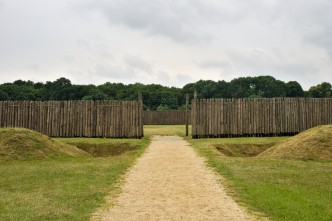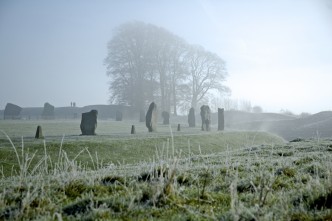New ditched enclosure excavated in Southern Spain

A new Prehistoric ditched enclosure called Loma del Real Tesoro II (literally ‘Royal Treasure Hill’) has been excavated in Southern Spain, near Carmona (Seville). Works have been carried out there by archaeologists from the ResourceCultures Collaborative Research Centre of Tübingen University (Germany), led by Professor Martin Bartelheim, in collaboration with Leonardo García Sanjuán, from the University of Seville (Spain).
